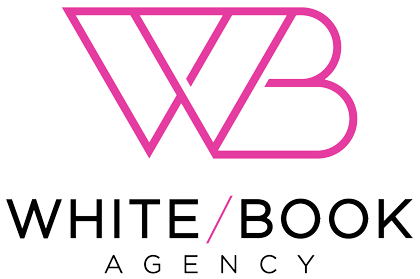
When it comes to branding, what’s it all about? Your logo? Your website? Your Facebook business page? Your ads? Yes to all, however, it’s mainly about your company’s personality.
When it comes to establishing a brand, many people expect the logo and pretty pics to do all the work. Real branding is established when the logo creates meaning for the observer. An apple in the grocery store is just…an apple. If I asked you to envision the apple in a school, you might think of your favorite teacher. An apple that’s on popular electronic devices around the word? Well, you know that bitten apple stands for innovation, progress and is responsible for all the cool “i” products (as in: iPad, iPhone, iPod).
Whether you’re building your personal brand or the brand for your company, you need to clearly capture and articulate the personality of the brand. Sometimes your personal brand and company brand are synonymous, but not always. When establishing, tweaking or revitalizing your brand, there are two very important things to remember:
1) What does your brand stand for?
Power and prestige? Compassion and service? Every business (and person) is a combination of skills, abilities, etc., but there’s a focus and an underlying foundation that you place all of these upon. Take inventory of what your brand stands for and see if your website, marketing materials, etc. are conveying that message. Ask your family, friends and anyone who will give you an honest opinion what they think your brand stands for and see if you’ve communicated your brand’s personality.
2) Who do I want my brand to speak to and who is my target audience?
This one is really important. Many business owners would like to believe that everyone wants their products and/or services, and this is definitely not the case. There should be some people who don’t want to utilize your services. Or, perhaps you don’t want to have as a client! When you hone in on your target market, you have a better chance of developing messaging and images that speak to that audience. This, in turn, will help you attract the types of clients whom you’re targeting and want to work with. This doesn’t mean you won’t have some people who are outside of your target market, you will, but you will have reached your primary audience and that is the goal.
When identifying your target, be sure to get specific. Don’t just say “women who are 25-55.” While that’s important, you’ll really be able to see how to push out your brand when you know who you’re reaching. The person who is: “a woman between the ages of 25-55, has a husband, two kids and loves Target” and “the woman who is between the ages of 25-55, is single, no kids and shops online exclusively” may require different strategies to get your brand noticed.
Make a list of words that you want your brand to convey and compare that with what you’re hearing about your brand. Is your business brand’s personality clear? Is it communicating the message you want?
